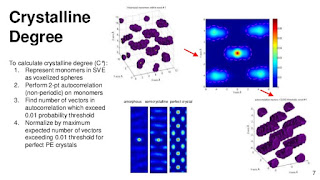This lesson is on Albert Einstein and how his work applies to time travel theory. We'll investigate Einstein's theories of relativity, examples of distortion of time on Earth and in deep space, and the prospect of time travel for humans. What Is Time Travel? If you've ever watched a science fiction television show, or maybe read a book in that genre, you might have come across the image of a spaceship jumping into warp speed and zooming off into a twisted region of space to get to a faraway location. And all of this would have happened without any time passing. The spaceship's speed offers superhighways to far-off galaxies in an instant. Although right now these scenarios are fiction, the physics and math behind them are quite real. The formulas and theories we will learn about today suggest that time travel is possible. First, let's learn about the scientist that proposed these theories, Albert Einstein. Albert Einstein Albert Einstein was a German phys...

Comments
Post a Comment